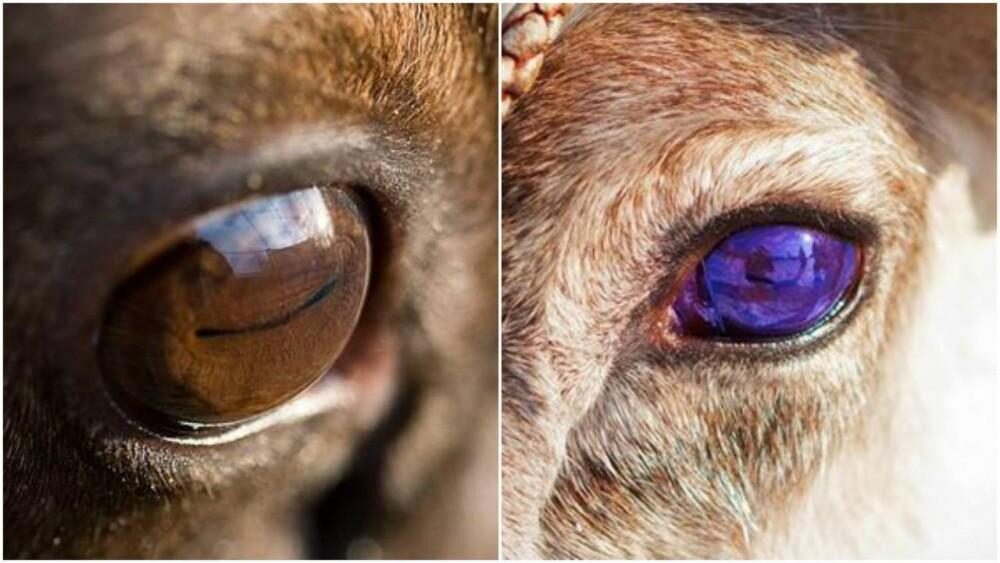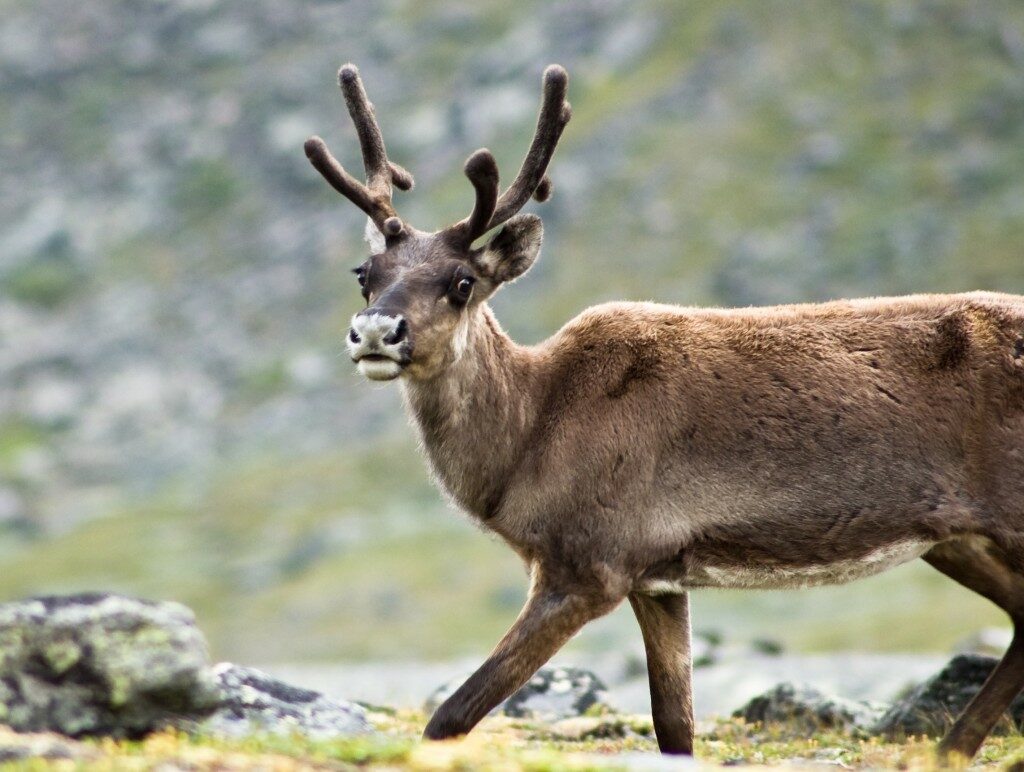Rudolph does not need to use his famous red nose to guide his fellow reindeer as the animals have a special form of night vision that they use to forage for food, scientists have concluded.
Researchers looked into why the species are the only mammals whose eyes change colour depending on the season, from golden-orange in summer to a blue hue in the winter months.
The study found that while the colour shift may help them see better in the peak of winter when snowfall is heavy, it also allows their eyes to transmit ultraviolet light.

They also said this is the reason why the deer are able to see clearly in the dark and scour for food items such as lichen.
The study was led by Prof Nathaniel Dominy, an anthropologist at Dartmouth College in the US, and Dr Catherine Hobaiter and Professor Julie Harris of the University of St Andrews' School of Psychology and Neuroscience.
Hobaiter said: "To our eyes, just like for most mammals, pale lichen in white snow is incredibly hard to spot. But to reindeer eyes, the species they need to feed on would stand out as dark patches in the much more reflective snowy landscape."
Reindeer are known to feed on a particular species of lichen named Cladonia rangiferina, often colloquially referred to as "reindeer moss".
The lichen species, vital to reindeer's survival, is in fact not moss and grows in sponge-like beds across the northern latitudes.
Hobaiter said it had previously been suggested that reindeer's night vision may be an adaptation to forage for the lichen, but previous tests did not find substantial evidence.
However, she said there are over 13,000 species of lichen worldwide and to date, no one has tested the species the reindeer feed on.
She said: "One of the amazing things about Scotland is that we have some of the richest lichen diversity in the world - the Highlands host over 1,500 different species, and the Cairngorms are home to a local herd of reindeer, reintroduced to Scotland after being hunted to extinction. So Scotland is the perfect place to try and finally solve the mystery."
The team began researching in March in the Cairngorms mountain range in the eastern Highlands in search of lichen beds. They photographed various lichen beds under UV light, finding that different species absorbed or reflected the light differently, and that "reindeer moss" absorbed the light strongly.
Dominy said: "If you can put yourself in their hooves, looking at this white landscape, you would want a direct route to your food. Reindeer don't want to waste energy wandering around searching for food in a cold, barren environment.
"If they can see lichens from a distance, that gives them a big advantage, letting them conserve precious calories at a time when food is scarce."




Reader Comments
the bestest and most delicious tears come from eyes that change color - you didn't know this?
If you can capture said delicious tears from eyes that change color - I'm sure you could make a mint out of it!
~
Happy New Year!
Ken
Happy New Year!